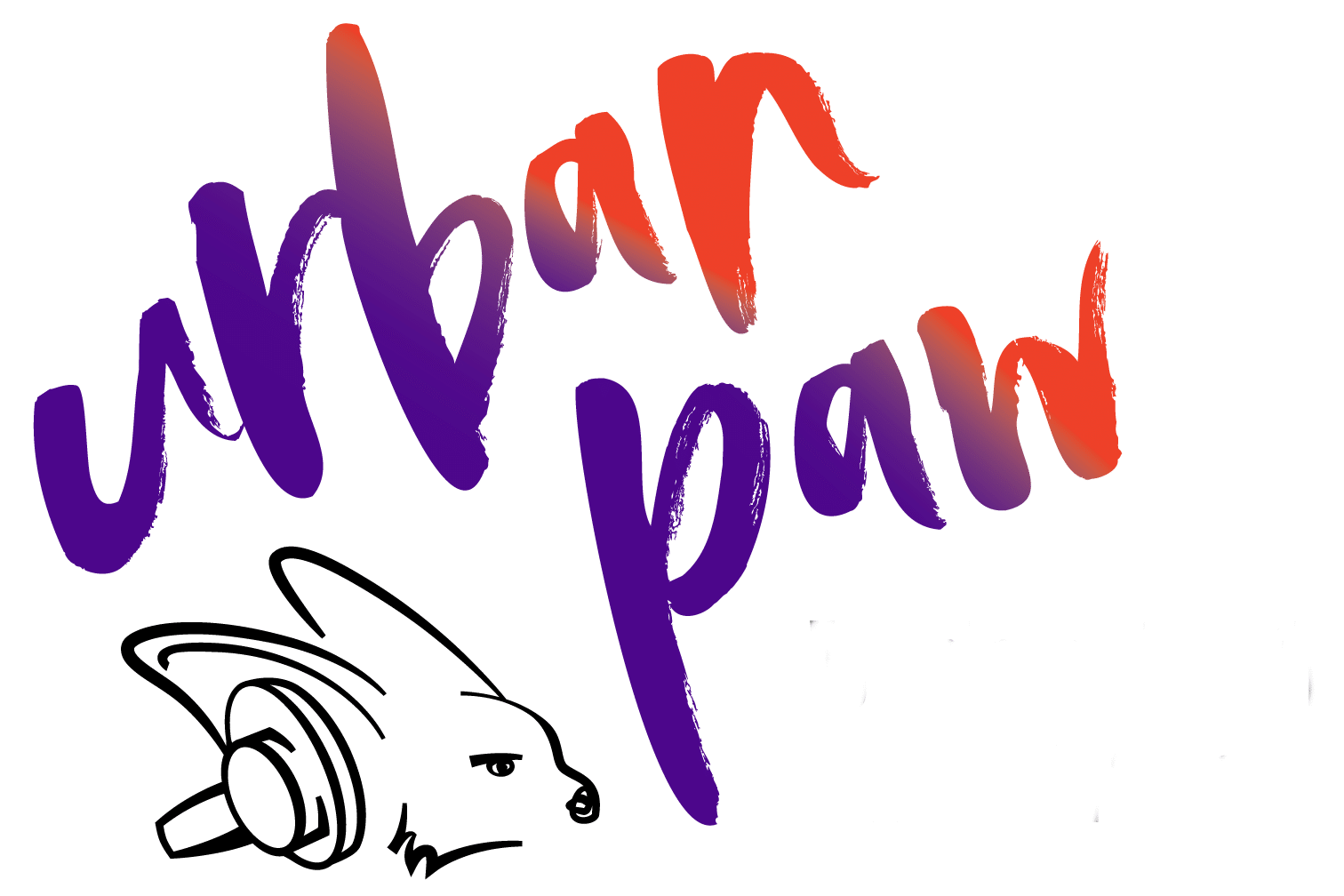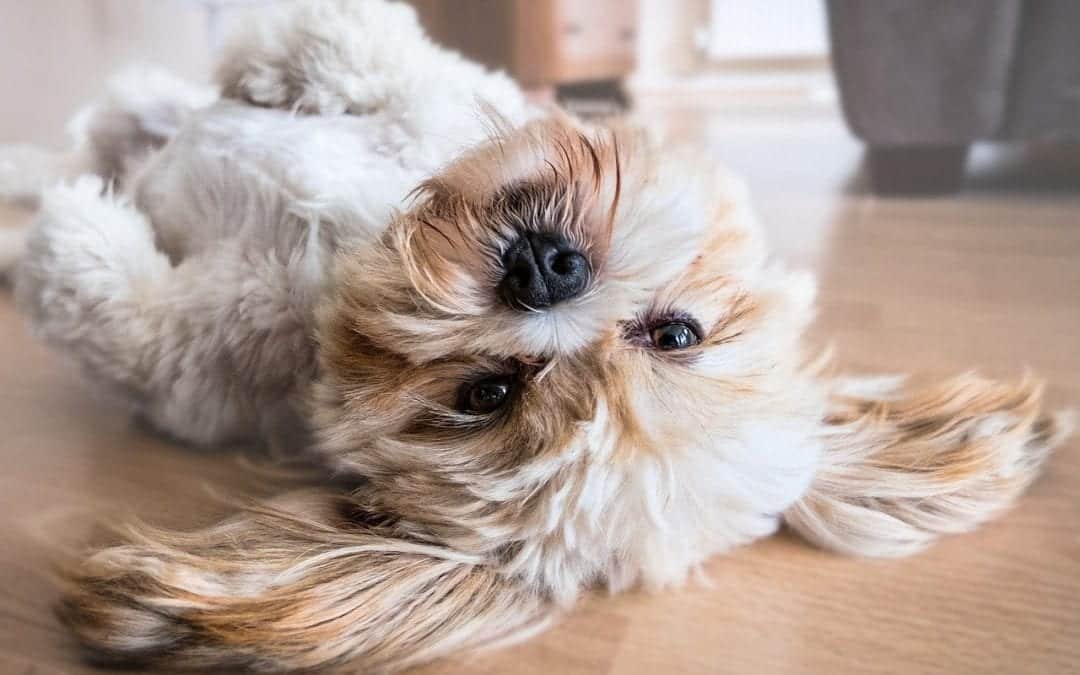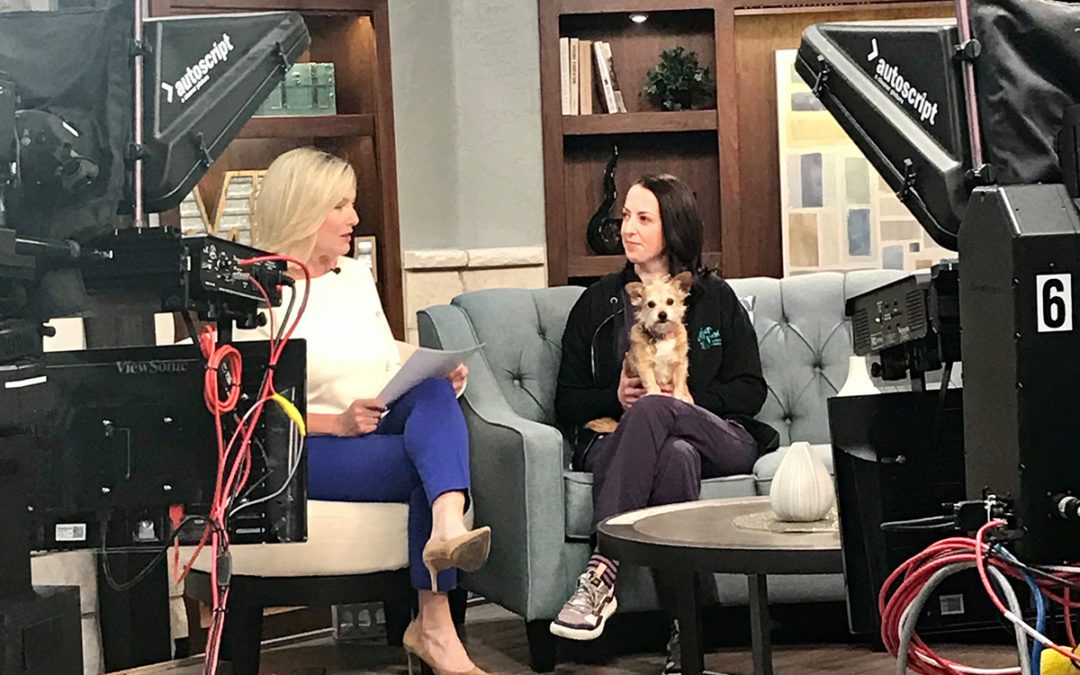Veterinary Rehabilitation Services
At our veterinary clinic, we offer specialized wheelchair fitting services for pets with mobility challenges. Our experienced team is dedicated to enhancing your pet’s quality of life by providing custom-fitted wheelchairs tailored to their specific needs. Whether your pet is recovering from an injury or dealing with a long-term condition, our wheelchairs offer support and increased mobility, allowing them to enjoy an active lifestyle. Contact us today to learn more about our wheelchair fitting services and how we can help your pet regain their independence.


Many conditions can be successfully treated with rehabilitation therapy. It can be helpful to think of it as physical therapy for pets! We are proud to provide this as a specialized service from a certified canine rehabilitation therapist (CCRT) and DVM. The primary goal of rehabilitation therapy is the reduction/elimination of pain and restoration of proper form and function of our patient’s body. This could include geriatric patients looking for improvement in their quality of life without additional pain medications. Therapy is also used in situations such as safely recovering after surgery, helping re-train nerve pathways and restoring function after neurologic damage, and even conditioning and weight loss. Keep reading to see the different methods we use to help our patients live their best lives.
Photobiomodulation (AKA: laser therapy) is used to help decrease pain and swelling and increase blood flow to injured areas of the body, helping speed recovery. This can also be used after dental cleanings for inflammation, wound healing, incisions, and even ear infections.


Neuromuscular electrical stimulation (NMES) uses a safe, non-invasive, low-frequency current that is applied to the muscles through electrodes on the skin. Electrical stimulation excites the nerves that innervate desired muscles, causing them to contract. Stimulating muscles to contract in this way enhances motor learning, muscle re-education, strength, and endurance. A lower setting, such as the setting used for the transcutaneous electrical nerve stimulation (TENS) treatments, can aid in reducing swelling and reducing pain.
Our underwater treadmill allows us to provide controlled, full range of motion exercise to our patients. By adjusting the water level and jets as well as the speed of the treadmill allows us to provide more or less weight-bearing and resistance based on our goals for the patient. We also use this in our fitness camps to aid in weight loss.


PEMF beds use pulsing magnetic fields, developed by pulsing a small amount of battery current through coils of wire to initiate normal biological cellular reactions that result in improved circulation and provide pain relief. We also use this for our patients recovering after routine surgeries to reduce stress and pain as they wake up from anesthesia.
Manual therapies include manipulations of a joint or joint capsule and targeted muscular manipulations such as trigger point release and stretching. These therapies are only completed by trained professionals, as they rely on proper diagnosis of the joints/tissues to target and proper technique.


Therapeutic exercises are specifically tailored by a CCRT to meet the functional needs of the individual patient. Early on after an injury, this could just look like simple weight shifting movements building, as recovery progresses, to balance, functional strengthening, and endurance exercises.
Progress tracking and goal setting are important pieces of every treatment plan. We always set goals based on the patient’s role in the home as described by the owner. If we are treating a sporting dog that needs to return to sport in 10 weeks’ time, the treatment plan will look different than for a geriatric patient where our goal is long-term pain control and being able to navigate two steps in the backyard at home. We take outcomes seriously and pride ourselves on using evidence-based therapies.









